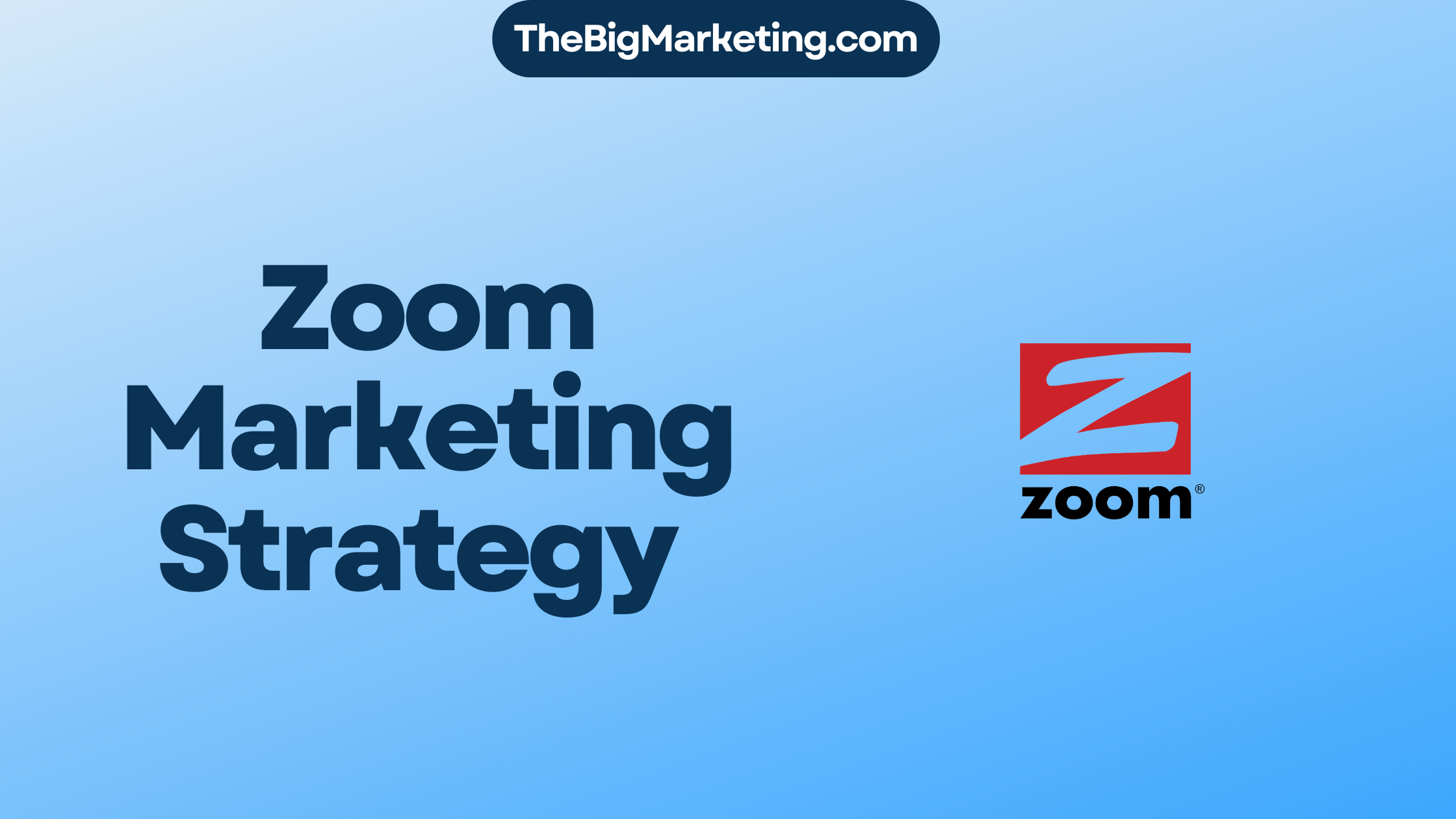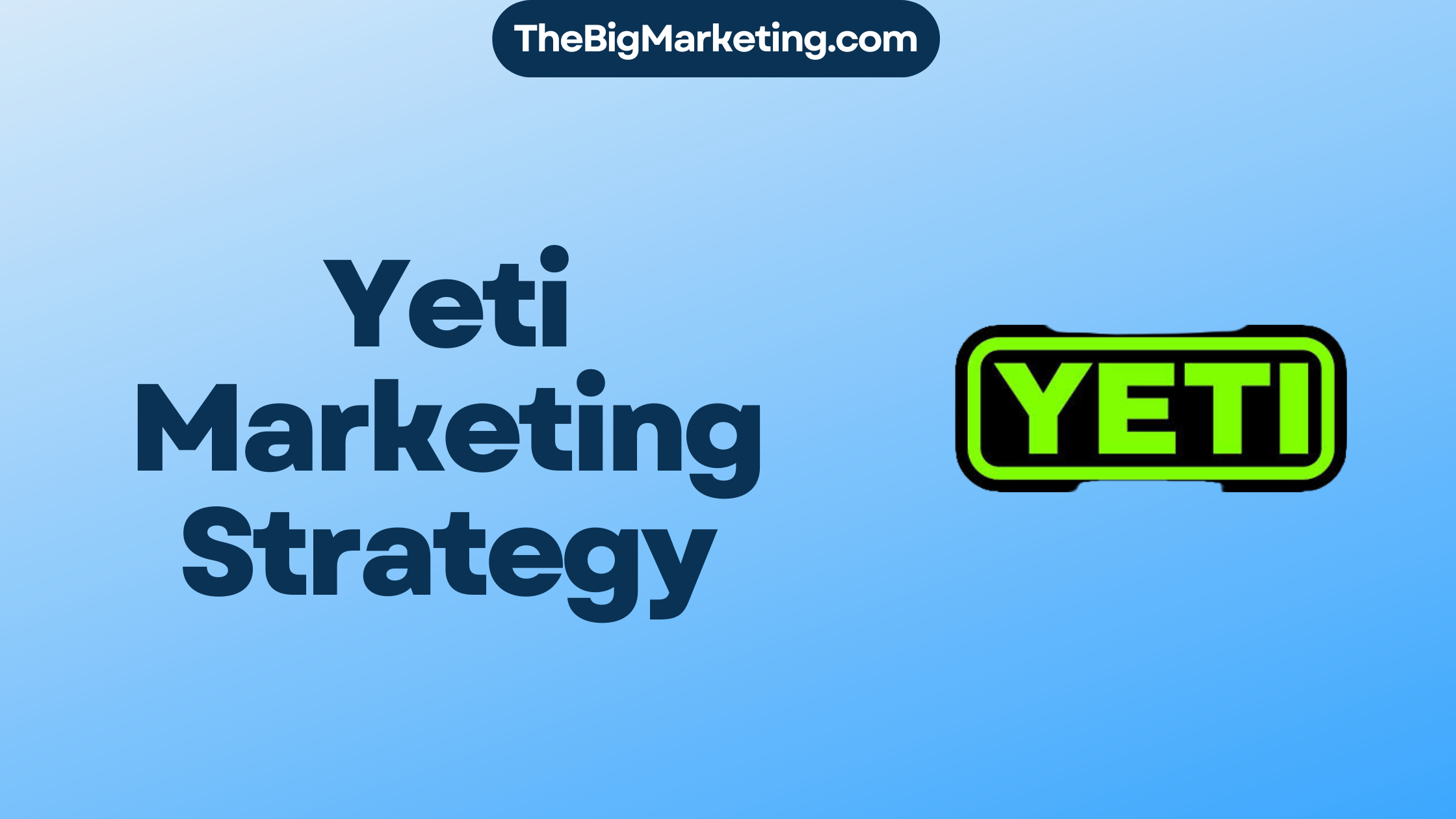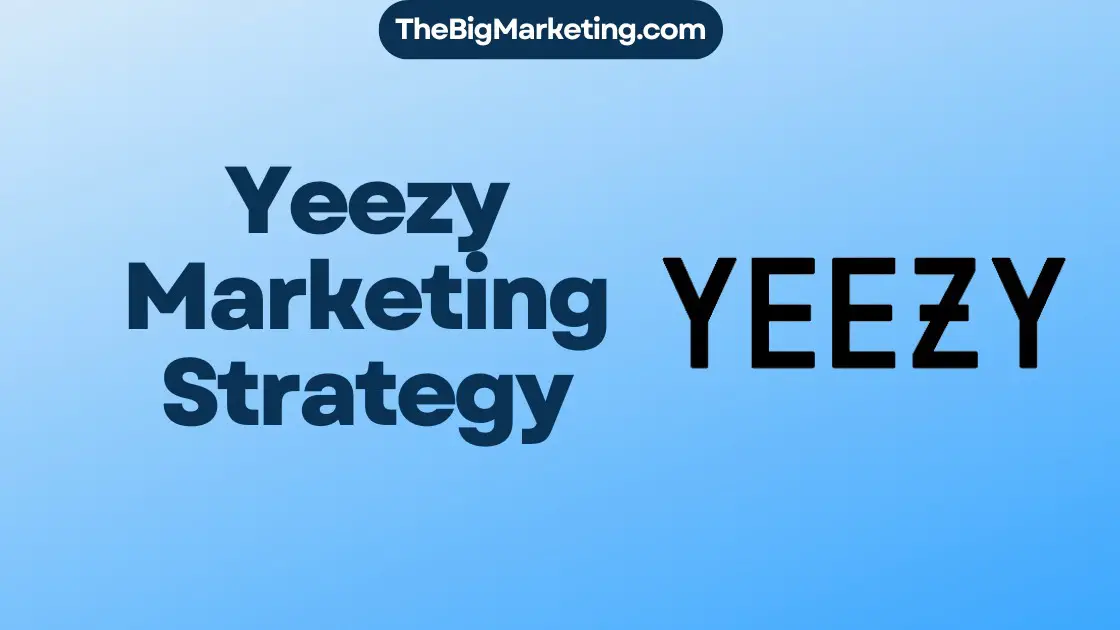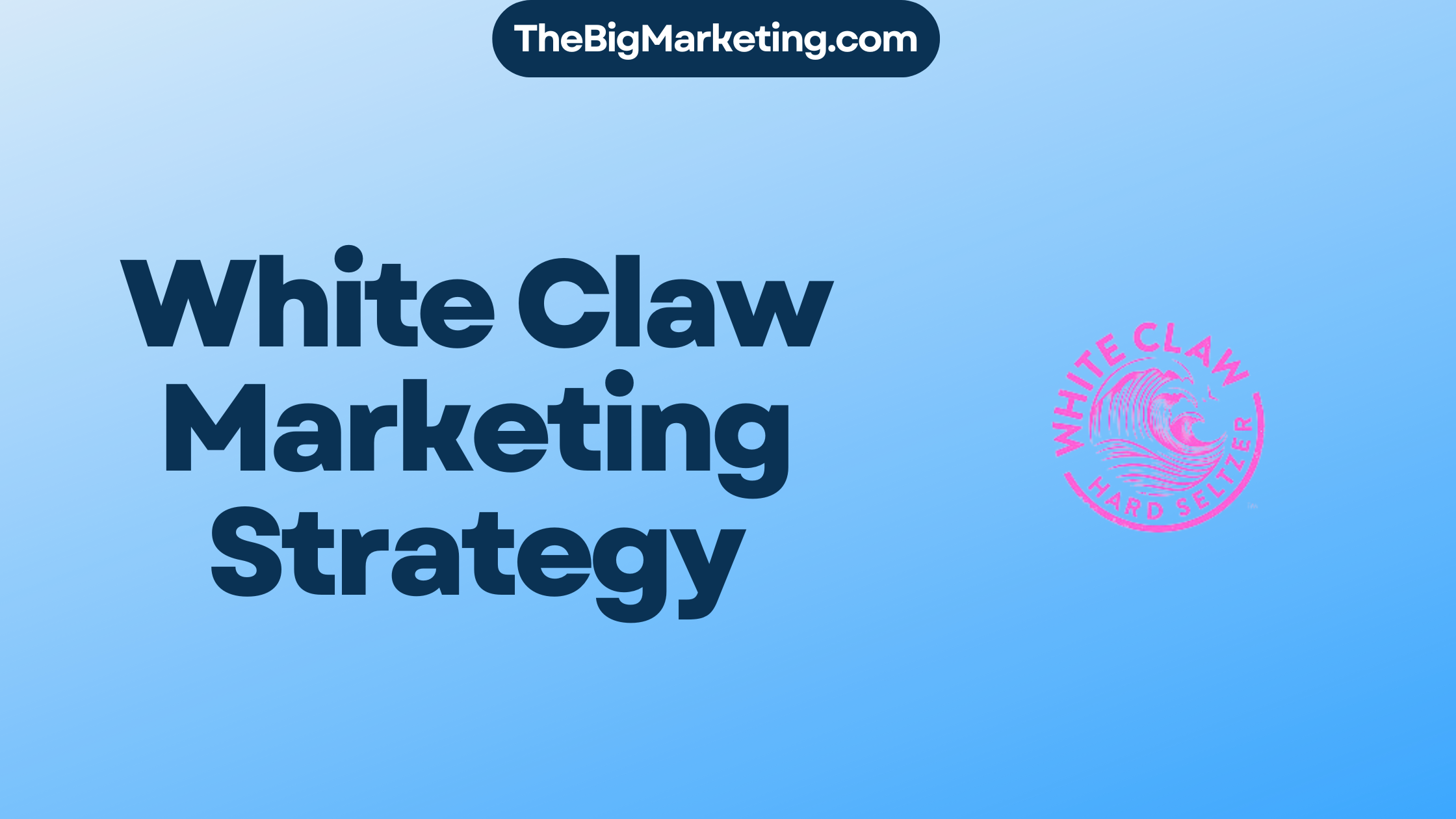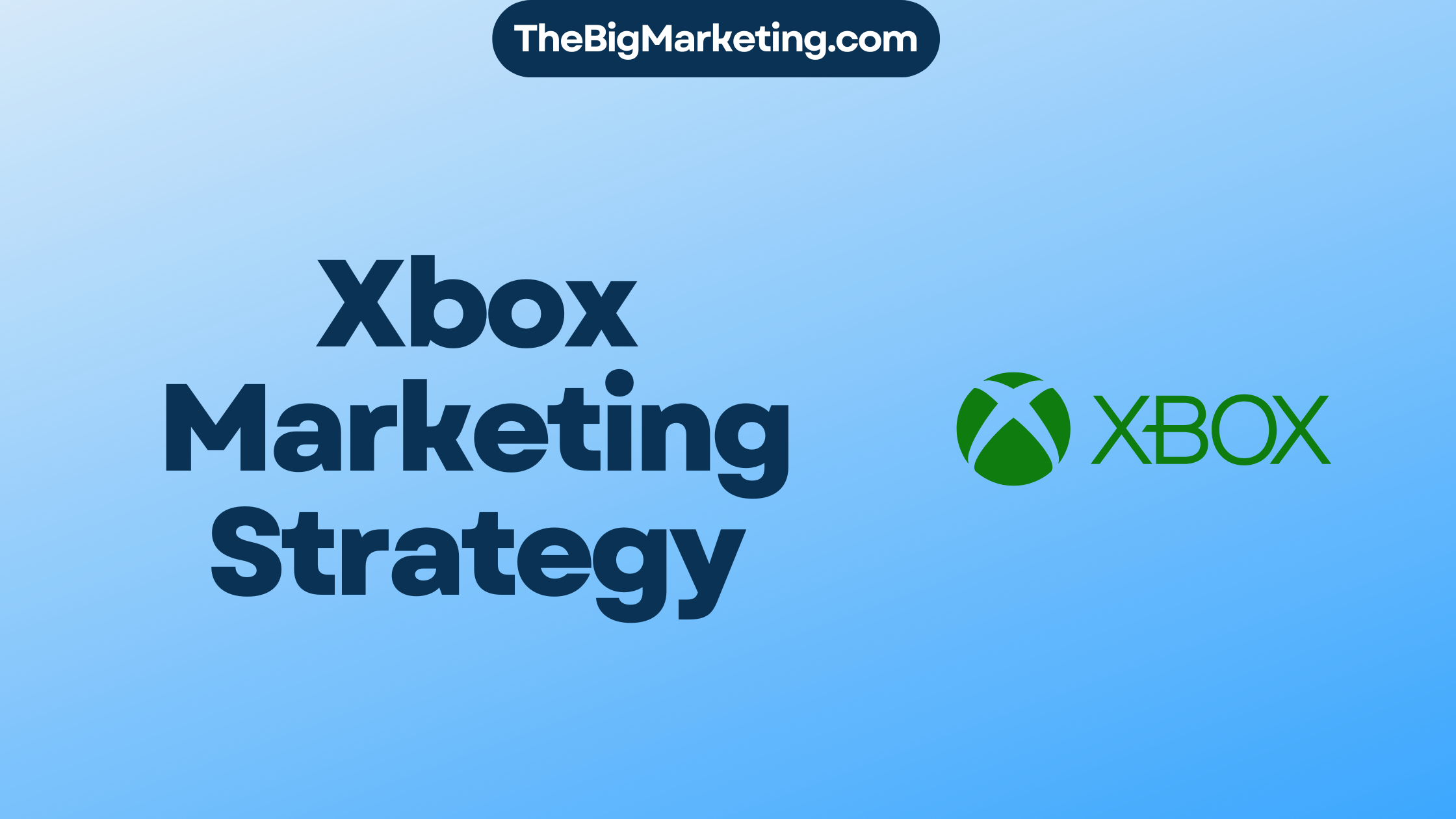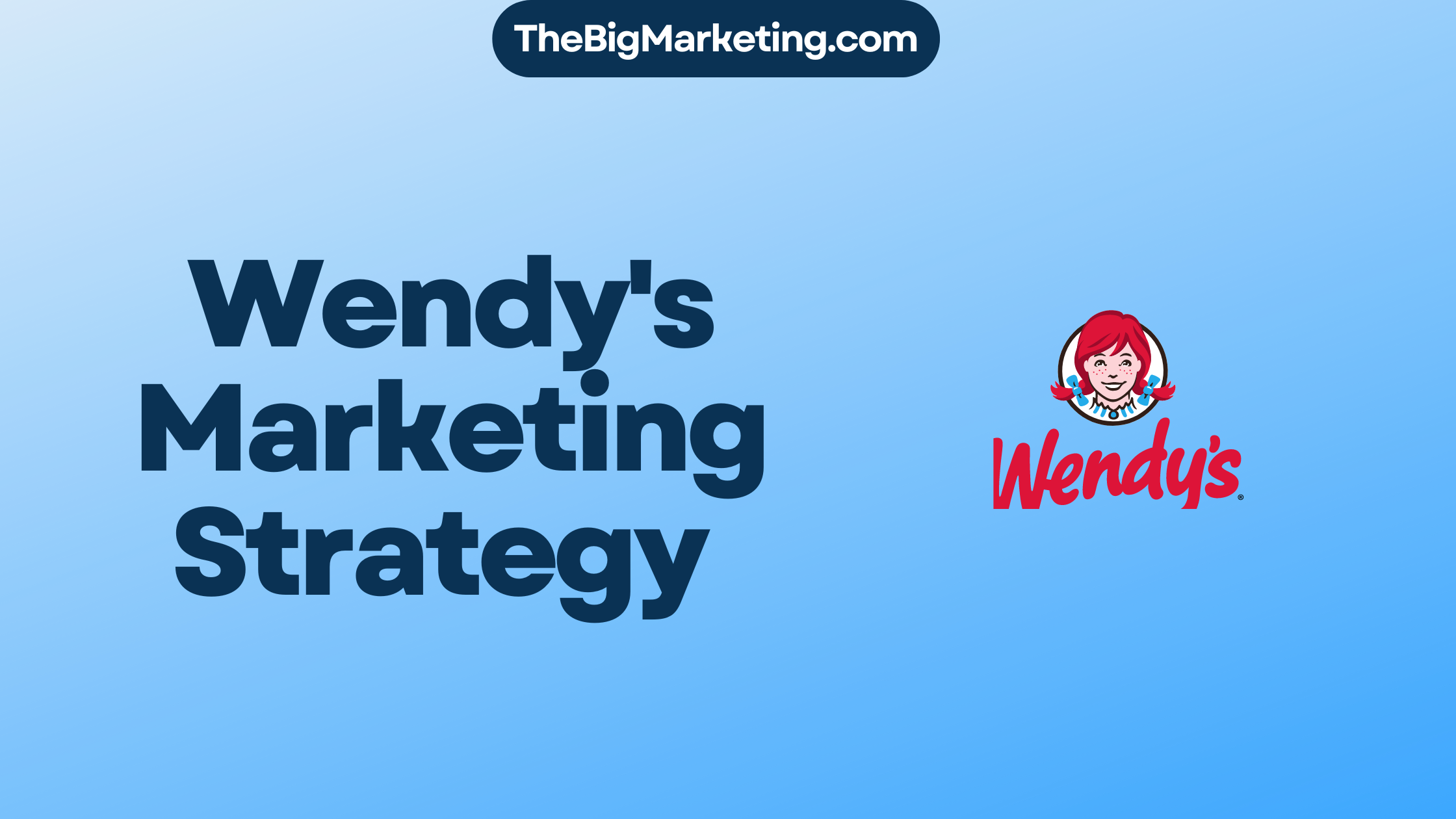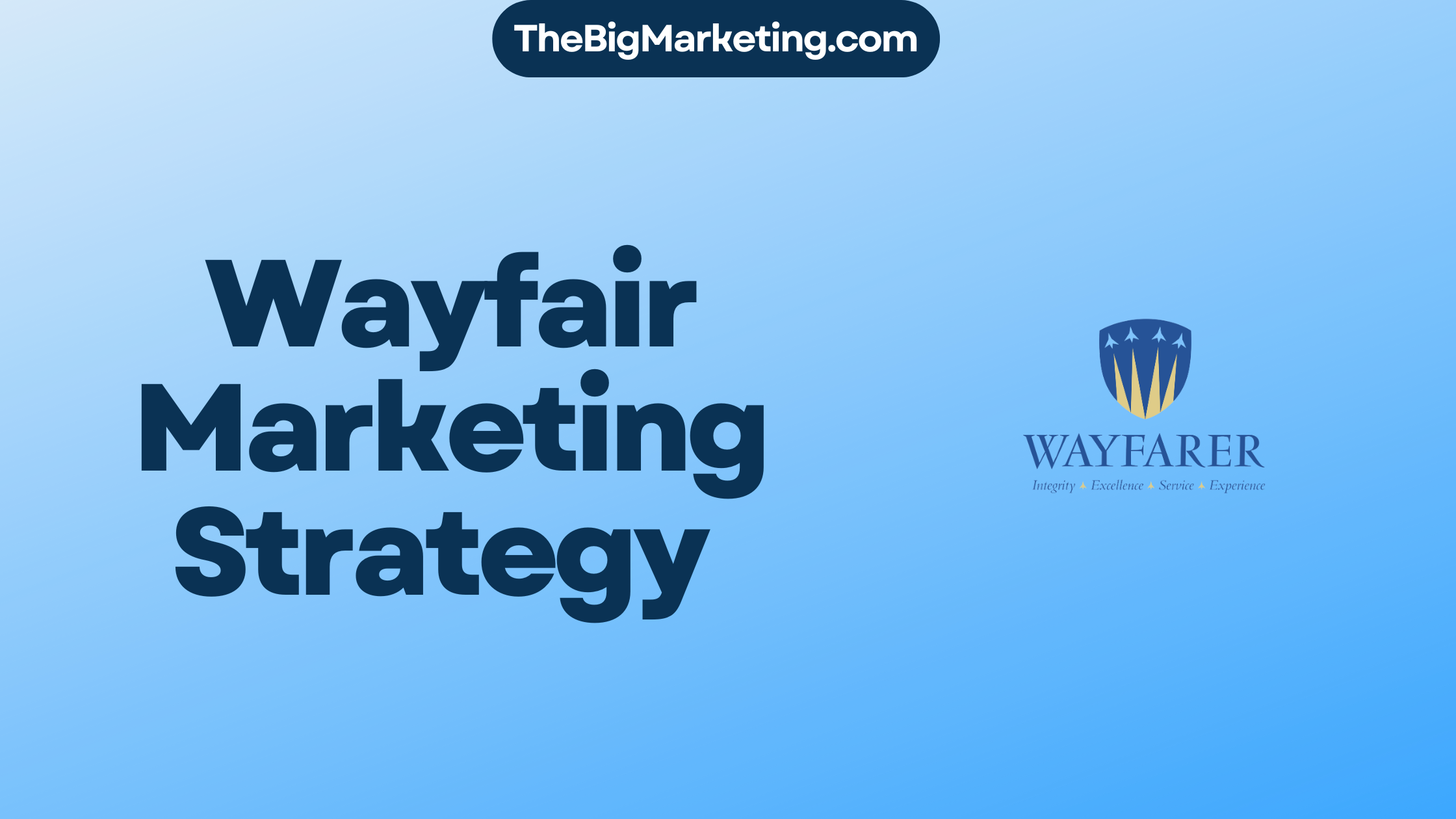In this case study, we will explore the evolving Lyft Marketing Strategy for 2024. We will examine the innovative rideshare advertising tactics and growth plans implemented by Lyft. This analysis will provide valuable insights into Lyft’s marketing approach and shed light on the various strategies employed to promote the brand and ensure its continued growth in the competitive rideshare market.
Key Takeaways:
- Lyft’s marketing strategy focuses on innovative rideshare advertising tactics to ensure continued growth.
- They prioritize customer-centric approaches and employ various marketing techniques to promote the brand.
- Lyft’s growth strategy in the rideshare market is driven by effective promotional strategies and digital marketing efforts.
- Their marketing plan emphasizes a strong brand identity and ensures a seamless user experience.
- Lyft’s marketing campaigns differentiate them from competitors and attract a loyal customer base.
Importance of Marketing Automation in Lyft’s Strategy
Lyft understands the crucial role that marketing automation plays in driving their business growth. They have recognized that successful marketing automation requires cross-functional collaboration and senior management support. Unlike many other case studies that primarily focus on customer retention, Lyft’s marketing automation strategy places a strong emphasis on customer acquisition and improving the entire customer journey.
To effectively implement their marketing automation strategy, Lyft has developed their own tech platform known as Symphony. This innovative platform is specifically tailored to meet their unique requirements and enables seamless execution of their marketing automation initiatives.
With the Symphony tech platform, Lyft harnesses the power of AI (Artificial Intelligence), Predictive Analytics, and the expertise of data engineers to precisely target customer engagement. By leveraging these advanced technologies, Lyft can deliver personalized experiences throughout the customer journey, increasing the likelihood of customer acquisition and retention.
One of the key priorities for Lyft is aligning their customer treatment with Lifetime Value (LTV). This ensures that each interaction with customers is strategically designed to maximize their value over the long term. By considering the customer’s Lifetime Value, Lyft takes a holistic approach to marketing, driving sustainable growth and customer loyalty.
Surprisingly, email marketing does not play a significant role in Lyft’s acquisition program. Instead, they focus on other channels and tactics to effectively acquire customers and enhance their overall marketing automation strategy.
| Benefits of Lyft’s Marketing Automation | Impact on Lyft’s Strategy |
|---|---|
| Enhanced customer targeting | Increase in customer acquisition |
| Improved customer journey | Enhanced customer retention |
| Personalized experiences | Increased customer satisfaction |
| Efficiency and scalability | Optimized marketing operations |
Lyft’s Branding and Visual Identity
Lyft has established a powerful brand identity that resonates with its target audience. Central to their branding strategy are vibrant brand colors and distinctive brand typefaces that instantly capture attention.
The brand colors used by Lyft include a bold magenta (#EA0B8C) and a clean white (#FFFFFF), creating a visually appealing contrast that reflects the brand’s energy and modernity. These colors are consistently used across Lyft’s marketing materials and platforms, reinforcing brand recognition and recall.
In addition to their brand colors, Lyft’s visual identity is further enhanced by carefully chosen brand typefaces. These typefaces contribute to the brand’s unique personality and evoke a sense of friendliness, reliability, and innovation.
However, Lyft’s branding extends beyond visual elements. Through their hero content, which features real people, Lyft portrays a relatable and human touch. This approach fosters a connection with their audience and highlights the brand’s commitment to building a community of users.
Lyft’s tone of voice is casual, friendly, and caring. Their key messages emphasize the benefits of using Lyft, including easy and affordable access to rides, the comfort and safety provided, and the flexible earning potential for drivers. These messages are crafted to resonate with their target audience, tapping into their needs and desires.
When it comes to brand positioning, Lyft competes with other ride-hailing services, such as Uber, myTaxi, Curb, and Bird. While these competitors offer similar services, Lyft sets itself apart through its strong brand identity and commitment to providing exceptional experiences.
To summarize, Lyft’s branding and visual identity, characterized by vibrant colors, distinctive typefaces, hero content, and carefully crafted messages, contributes to its strong presence in the ride-hailing industry. By differentiating itself from competitors and appealing to its target audience, Lyft maintains a competitive edge and continues to attract and retain loyal users.
Lyft’s User Experience Redesign
Lyft recognized several challenges in their user experience (UX) and embarked on a redesign to address them. These challenges included poor representation of requested drivers, inadequate price and estimated time of arrival (ETA) display, ineffective use of primary colors, awkward button placement, and a vague UX for first-time users.
Driver Representation
One of the key improvements in Lyft’s UX redesign is the comprehensive driver information provided to users. This feature ensures transparency and allows passengers to have a better understanding of the driver they are matched with. By including driver details such as name, photo, and rating, Lyft enhances user trust and satisfaction.
Price Transparency and ETA Transparency
In response to user feedback, Lyft has implemented improvements in both price and ETA transparency. Users now have access to more accurate and detailed price estimates, eliminating any surprises at the end of the ride. Similarly, Lyft has enhanced the display of estimated arrival times, allowing users to make more informed decisions.
Primary Colors and Button Placement
The ineffective use of primary colors and awkward button placement were identified as pain points in Lyft’s user experience. As part of the redesign, Lyft optimized the use of primary colors to create a visually pleasing and consistent interface. Additionally, strategic button placement was implemented to enhance usability and simplify the user flow.
Redesigned Car Tracking with Directionality
Car tracking is a crucial feature in rideshare apps, and Lyft recognized the need for improvement in this area. Through the UX redesign, Lyft introduced a redesigned car tracking interface that provides users with clear directionality. This enhancement enables passengers to have a more accurate understanding of the driver’s location and the route to their destination.
UI Features
In addition to the aforementioned improvements, Lyft incorporated various UI features to enhance the overall user experience. These features include intuitive navigation, streamlined app interactions, and clear visual cues that guide users throughout the app. By focusing on UI enhancements, Lyft aims to deliver a seamless and enjoyable experience for its users.
Overall, Lyft’s user experience redesign successfully addressed various challenges and improved the overall user experience. With comprehensive driver representation, price and ETA transparency, optimized primary colors and button placement, redesigned car tracking, and intuitive UI features, Lyft has created a more seamless and enjoyable app experience for its users.
The Role of A/B Testing in Lyft’s Design Process
A/B testing is a critical component of Lyft’s design process, allowing them to make data-driven decisions and optimize the user experience. Through extensive UX research, Lyft gathers valuable insights and data on user behavior and preferences. This information serves as a foundation for their design iterations and problem-solving approach.
By conducting controlled A/B tests, Lyft can compare the performance of different design variations and identify the most effective solutions. They carefully analyze user feedback and gather quantitative data to assess the impact of each design iteration. This iterative process allows Lyft to refine their designs and continuously improve the user experience.
Furthermore, Lyft regularly conducts competitor analysis to stay ahead in the ride-hailing market. They examine the design strategies and features implemented by their competitors, allowing them to differentiate themselves and offer unique experiences to their users.
Benefits of A/B Testing in Lyft’s Design Process:
- Allows data-driven decision-making
- Optimizes the user experience
- Facilitates design iterations and improvements
- Validates design hypotheses
- Provides insights into user preferences and behavior
- Enables effective problem-solving
Through their strategic use of A/B testing, Lyft ensures that their design decisions are based on solid evidence and align with their goal of providing a seamless and delightful user experience.
A/B Testing Results
| Design Variation | Conversion Rate | User Satisfaction |
|---|---|---|
| Original Design | 24% | 3.9/5 |
| Iteration 1 | 28% | 4.2/5 |
| Iteration 2 | 31% | 4.5/5 |
Key Takeaways from Lyft’s Design Thinking Approach
Lyft’s design thinking approach offers valuable insights into their commitment to creating user-centric designs and enhancing the overall user experience. Here are the key takeaways from their approach:
Prioritizing a User-Centric Approach
Lyft understands the importance of putting the user at the center of their design process. They strive to address pain points and create designs that prioritize user needs and preferences.
Emphasizing Transparency and Usability
Transparency and usability are fundamental principles in Lyft’s design thinking approach. They aim to make their designs intuitive and easy to use, ensuring a seamless and enjoyable experience for their users.
Differentiation through Design
Lyft differentiates itself from competitors through their design choices. They focus on creating a unique and recognizable visual identity that sets them apart in the rideshare market.
Leveraging User Feedback
User feedback plays a crucial role in Lyft’s design process. They actively gather and analyze feedback to understand user preferences and pain points, using it to iterate and improve their designs.
Utilizing A/B Testing and Competitor Analysis
A/B testing allows Lyft to test different design iterations and make data-driven decisions. They also regularly analyze their competitors’ designs, ensuring they stay ahead and deliver innovative and user-friendly designs.
Continuous Research, Iteration, and Problem-Solving
Lyft’s design thinking process involves continuous research, iteration, and problem-solving. They constantly explore new ideas, experiment with design updates, and strive to solve user challenges through their design choices.
Documenting the Design Process and Updating Strategies
Lyft recognizes the importance of documenting their design process to maintain transparency and facilitate collaboration. They also regularly update their design strategies to stay relevant and aligned with evolving user needs.
In summary, Lyft’s design thinking approach encompasses a user-centric mindset, transparency, usability, differentiation, user feedback, A/B testing, and competitor analysis. By adopting these principles and strategies, Lyft is able to deliver designs that prioritize user satisfaction, support their brand identity, and maintain their competitive edge in the rideshare market.
Suggestions for Further Improvement
While Lyft has made significant improvements to its user experience (UX), there are still areas that can be enhanced to provide an even better service to its users. Here are some suggestions for further improvement:
- Add Safety Features: One way Lyft can enhance user trust and increase the app’s value is by incorporating safety features. For instance, implementing an SOS button within the app can provide users with a quick and easy way to seek assistance in times of distress.
- Integrate with Other Apps: Lyft can further enhance the user experience by integrating with other popular apps such as MBTA, Google Maps, and Apple Maps. This integration would allow users to seamlessly plan their trips, check public transportation options, and navigate to their desired destinations, providing a more dynamic and convenient user experience.
- Offer Translation Options: To cater to non-native English speakers and improve communication, Lyft can introduce translation options within the app. This feature would enable users to translate app content and communicate with drivers more effectively, ensuring a smoother and more inclusive experience for all users.
- Continue Prioritizing User-Centric Design: Lyft should maintain its focus on user-centric design principles. By understanding and addressing user needs and pain points, Lyft can simplify its app interface, streamline user flows, and optimize the overall user experience.
Comparison of Lyft’s Safety Features, Translation Options, and Integration with Other Apps
| Features | Lyft | Main Competitor 1 | Main Competitor 2 |
|---|---|---|---|
| Safety Features | ✅ | ❌ | ✅ |
| Translation Options | ❌ | ✅ | ✅ |
| Integration with Other Apps | ❌ | ✅ | ✅ |
Note: The table above provides a comparison of Lyft’s current offerings with its main competitors in terms of safety features, translation options, and integration with other apps.
By implementing these suggestions, Lyft can continue to enhance its user experience, ensuring a safer, more inclusive, and user-friendly platform for its valued customers.
The Impact of Lyft’s Marketing Strategy on the Rideshare Market
Lyft’s marketing strategy has had a significant impact on the rideshare market. Through their innovative advertising tactics, growth strategies, and digital marketing efforts, Lyft has positioned itself as a strong competitor in the industry. Their promotional strategies, customer-centric approach, and emphasis on a seamless user experience have all played a major role in their success.
One of the key factors that sets Lyft apart from other rideshare services is their unique marketing campaigns. They have effectively differentiated themselves through creative and engaging advertisements that resonate with their target audience. By highlighting the benefits of using Lyft, such as convenience, affordability, and safety, they have successfully attracted a loyal customer base.
Lyft’s growth strategies have also contributed to their success in the rideshare market. They have implemented expansion plans that focus on entering new markets and increasing their presence in existing ones. Additionally, Lyft has formed strategic partnerships with other companies, such as restaurants and entertainment venues, to offer exclusive deals and incentives to riders.
Digital marketing plays a crucial role in Lyft’s overall marketing strategy. They utilize various digital channels, including social media, online advertising, and influencer marketing, to reach and engage their target audience. By leveraging data and analytics, Lyft is able to refine their digital marketing efforts and ensure maximum impact.
Another important aspect of Lyft’s marketing strategy is their emphasis on a seamless user experience. They continually strive to improve their app interface, simplify the booking process, and provide transparent pricing and ETAs. This customer-centric approach has established Lyft as a trusted and reliable rideshare service.
| Marketing Tactics | Description |
|---|---|
| Creative Advertising | Lyft’s unique and engaging advertisements differentiate them from their competitors. |
| Growth Strategies | Expansion plans and strategic partnerships contribute to Lyft’s growth in the market. |
| Digital Marketing | Utilizing social media, online advertising, and influencer marketing to reach and engage the target audience. |
| User Experience | Focusing on providing a seamless and user-friendly experience to build customer trust and loyalty. |
Lyft’s marketing strategy has made a significant impact on the rideshare market, positioning the company as a frontrunner in the industry. Their innovative advertising tactics, growth strategies, digital marketing efforts, and dedication to providing a seamless user experience have all contributed to their success. As the rideshare market continues to evolve, Lyft’s marketing strategies will play a crucial role in maintaining their competitive edge and driving further growth.
Conclusion
In conclusion, Lyft’s marketing strategy for 2024 demonstrates their commitment to innovation and customer-centricity. By leveraging marketing automation, implementing a user experience redesign, and establishing a strong brand identity, Lyft has positioned itself as a leader in the rideshare market. Their focus on customer acquisition, transparency, and usability has played a significant role in their growth and success.
As the rideshare industry continues to evolve, Lyft’s marketing techniques will be essential for driving future growth and maintaining a competitive edge. Their strategic approach to rideshare marketing, including innovative advertising tactics and digital marketing campaigns, has allowed them to stand out in a crowded market. By continuously refining their branding and digital marketing strategies, Lyft will remain at the forefront of the rideshare industry.
Overall, Lyft’s marketing strategy serves as a blueprint for success in the rideshare market. Their emphasis on delivering a seamless user experience and prioritizing customer satisfaction has resulted in a loyal customer base. By staying true to their core values and continually adapting to market trends, Lyft is well-positioned for continued growth and success in the years to come.
FAQ
What is Lyft’s marketing automation strategy?
Lyft’s marketing automation strategy emphasizes customer acquisition and improving the entire customer journey. They have built their own tech platform, Symphony, to meet their specific requirements and utilize AI, Predictive Analytics, and data engineering expertise to target customer engagement effectively.
What is the role of email marketing in Lyft’s acquisition program?
Interestingly, email marketing does not play a significant role in Lyft’s acquisition program. They prioritize the alignment of customer treatment with Lifetime Value (LTV) to ensure a holistic marketing approach.
How does Lyft approach branding and visual identity?
Lyft has created a strong brand identity with vibrant brand colors (#EA0B8C and #FFFFFF) and distinctive brand typefaces. Their hero content features real people and conveys a casual, friendly, and caring tone of voice. The key messages focus on the benefits of easy, affordable, on-demand access to rides.
What are the challenges Lyft encountered in their user experience (UX) and how did they address them?
Lyft recognized challenges in their UX, including poor driver representation, inadequate price and estimated time of arrival (ETA) display, ineffective use of primary colors, awkward button placement, and vague UX for first-time users. Through a redesign effort, they improved the user experience by providing comprehensive driver information, enhancing price estimates and ETA transparency, adopting strategic button placement, and redesigning car tracking with directionality.
What is the role of A/B testing in Lyft’s design process?
A/B testing plays a vital role in Lyft’s design process. They conduct extensive UX research, gather data, and collect user feedback to inform their design decisions. They iterate on their designs, A/B test different iterations, and continuously work on optimizing the user experience.
What are the key takeaways from Lyft’s design thinking approach?
Lyft’s design thinking approach prioritizes a user-centric approach, problem-solving, and a focus on addressing pain points and improving usability and differentiation. They emphasize the importance of user feedback, A/B testing, and competitor analysis in creating successful designs.
What are some suggestions for further improving Lyft’s user experience?
Lyft can consider adding safety features, such as an SOS button, to increase user trust. Integration with other apps like MBTA, Google Maps, and Apple Maps can provide a more dynamic user experience. Additionally, offering translation options can improve communication for non-native English speakers.
How has Lyft’s marketing strategy impacted the rideshare market?
Lyft’s innovative advertising tactics, growth strategies, and digital marketing efforts have positioned them as a strong competitor in the rideshare market. Their promotional strategies, customer-centric approach, and emphasis on a seamless user experience have contributed to their success and attracted a loyal customer base.
What is the overall assessment of Lyft’s marketing strategy for 2024?
Lyft’s marketing strategy for 2024 showcases their commitment to innovation, customer-centricity, and continuous improvement. Through marketing automation, user experience redesign, and a strong brand identity, Lyft has positioned themselves as a leader. Their focus on customer acquisition, transparency, and usability has contributed to their growth and success, ensuring they maintain their competitive edge.
